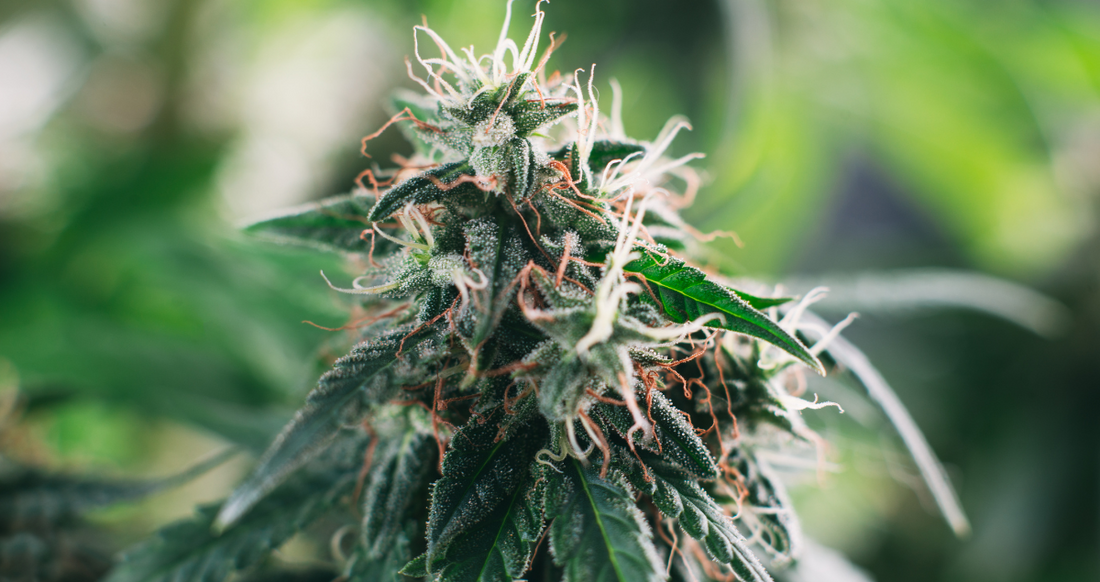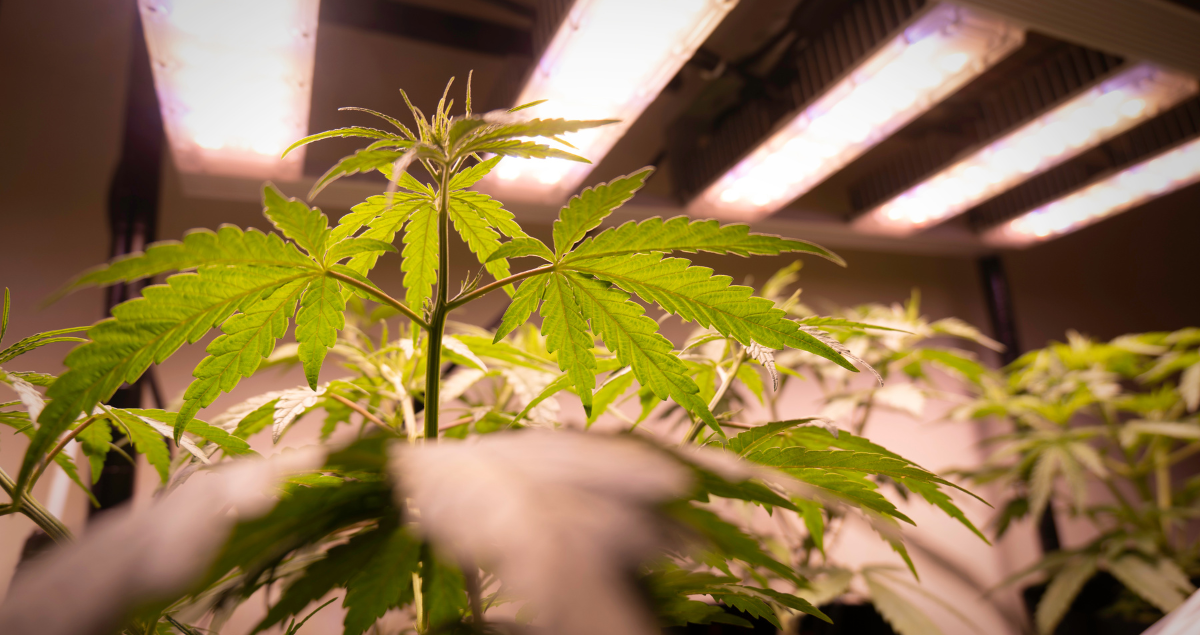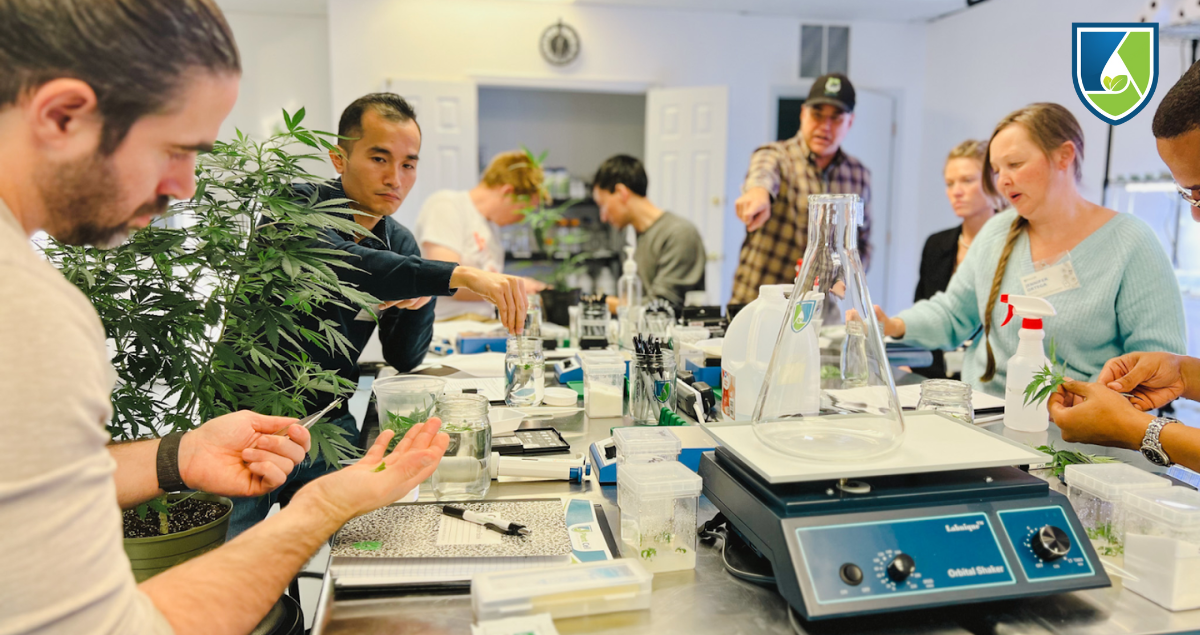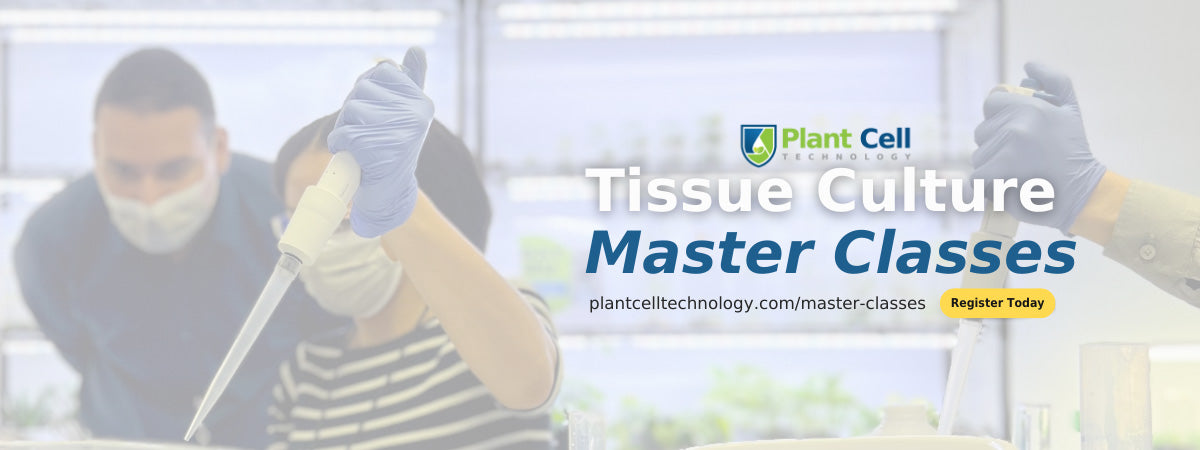
The Science of Cannabis: Understanding the Plant Behind the 4/20 Holiday
As a content and community manager, I leverage my expertise in plant biotechnology, passion for tissue culture, and writing skills to create compelling articles, simplifying intricate scientific concepts, and address your inquiries. As a dedicated science communicator, I strive to spark curiosity and foster a love for science in my audience.


Introduction
4/20 or April 20th is celebrated as a Cannabis holiday by cannabis enthusiasts in the region the plant is legalized, such as Colorado, California, and 15 other states. The store that sells Cannabis products offers lucrative discounts to consumers.
4/20 or 420 is slang for cannabis consumption. But, how it originated and where the story started is still debatable.
Though the most acceptable story remains is of five high school students who used to meet at sharp 4:20 and gradually the ritual become a code for marijuana smokers. Whatever, the reason, now 4/20 has become a massive holiday for cannabis fans.
Cannabis is mostly popular for bad reasons or recreational purposes only. However, the potential in the medical industry is much more than that, which is less appreciated and advertised.
In this article, we delve into the anatomy of the Cannabis plant, its chemistry, and potential as a medicinal plant, cultivation techniques, and future possibilities.

Let’s begin!
The Cannabis Plant
Cannabis belongs to the family of Cannabaceae. The three recognized species of the family include:
- Cannabis sativa
- Cannabis indica
- Cannabis ruderalis
Commonly, the variety of plants grown for non-drug uses (such as oils and fiber) is known as hemp and the one used for psychoactive effects (having high THC levels) is called marijuana. Today, a variety of Cannabis plants are bred, producing high or low levels of tetrahydrocannabinol (THC), a psychoactive cannabinoid.
Cannabis is an annual, dioecious, flowering herb, with its leaves palmately compound or digitate, with serrate leaflets. The fruit of Cannabis is achene and reproduction in plants occurs through wind pollination. The flowers on cannabis plants are primarily dioecious, with staminate "male" and pistillate "female" flowers occurring separately on different plants. The male flowers are usually borne on loose panicles, while the female flowers are borne on racemes.
The cannabis plant used for commercial purposes typically consists of female species with thin, elongated stems and large, distinctive fan leaves. The plant is pruned to form buds that cluster together at the apex of the stem to form a cola. The cannabis plant is covered with a layer of crystal resin called trichomes, which contain cannabinoids and terpenes.

Cannabis Chemistry (secondary metabolites)
Cannabis is rich in secondary metabolites. It has around more than 545 known compounds, including 104 cannabinoids, 120 terpenoids (including 61 monoterpenes, 52 sesquiterpenoids, and 5 triterpenoids), 26 flavonoids, and 11 steroids. Collectively these compounds are known as cannabinoids.
Among those, the compound with the most potent psychoactive activity is trans-Δ-9-tetrahydrocannabinol (THC). Cannabidiol (CBD) and cannabinol (CBN) are other compounds related to THC, the latter exhibiting different pharmacological effects than THC.
Cannabis strains are being studied to identify and develop individual cannabinoids and their potential therapeutic effects on patients' symptoms. Natural cannabinoids can be classified into different families, such as cannabigerol-type, cannabichromene-type, cannabidiol-type, cannabinodiol-type, tetrahydrocannabinol-type, cannabinol-type, cannabitriol-type, cannabielsoin-type, isocannabinoids, cannabicyclol-type, cannabicitran-type, and cannabichromanone-type.
The chemotypes of C. sativa can be categorized as per the THC content of the plant. The three types are drug type (marijuana, 1.0–20% THC), intermediate type (0.3–1.0% THC), and fiber type (hemp, <0.3% THC). The drug type is prohibited in most countries due to its psychotropic effect and is considered an illicit drug of abuse. On the other hand, the fiber type (hemp) is cultivated as a source of textiles and food and is legal in several nations.

Cannabis Cultivation Techniques
Apart from seed and cuttings, a variety of techniques have been developed to grow cannabis. Some of them include:
- Aeroponics: The process of aeroponics entails the targeted application of pH-balanced water and nutrient solutions onto the root zone, which enhances the roots' growth rate, thereby leading to an overall improvement in the growth rate of the plants.
- Hydroponics: It involves cultivating plants in water. Typically, plants are placed in growing media, such as coconut fiber or rock wool, and fed with a nutrient solution to support their growth. However, to ensure optimal growth, the cannabis producer must maintain the pH balance and provide appropriate amounts of water and nutrients.

- Greenhouse: It’s conducted in vast production areas where sunlight is the primary source of lighting. However, growers must frequently supplement with artificial lighting on days with less sunlight due to weather conditions. Since greenhouses are usually less airtight than buildings, they may be more vulnerable to environmental factors and odors that may escape into the surrounding area.
- Tissue Culture: It’s one of the most advanced techniques of all and allows the production of disease-free plants. The tissue culture of Cannabis is the clonal propagation of the plant under a controlled aseptic environment. The technique is used to obtain secondary compounds from the plants, which mainly include cannabinoids, or produce disease-free strains at a commercial scale. The techniques that have been extensively studied in terms of Cannabis tissue culture include callus induction, meristem, and shoot tip culture.

The technique offers many benefits over traditional propagation methods, such as:
- the ability to produce large numbers of genetically identical plants
- the potential to select desirable traits
- the ability to produce disease-free stock.
Producing disease-free cannabis stock can benefit your propagation business in several ways:
- Disease-free plants are more likely to achieve their full potential in terms of growth and yield, which can increase crop yields and profitability.
- They also produce consistent quality flowers, which is important for maintaining customer satisfaction and loyalty.
- Additionally, disease-free plants reduce the risk of crop loss due to disease, which can save businesses significant amounts of money in lost revenue.
- Many jurisdictions require cannabis businesses to produce and sell only disease-free products to protect public health and safety, making disease-free stock production essential for regulatory compliance.
- Finally, using tissue culture to produce disease-free stock can increase production efficiency, enabling growers to produce large numbers of genetically identical plants quickly and efficiently.

COMPREHENSIVE CANNABIS TISSUE CULTURE MASTER CLASS TO HELP GROWERS WITH ACHIEVING THEIR BUSINESS TARGETS
Every technique has its pros and cons. However, the best that works are the ones that can be carried with no friction with our cash in our hands and facility and help us achieve our desired goals.
Looking at the advantages offered by tissue cultures and the rising interest of growers and Cannabis business owners worldwide, people speculate tissue culture is the future of Cannabis propagation and business.
So, if you are ready to take your Cannabis business to next level and want to try your hands on tissue culture, come join us at the “ Cannabis Tissue Culture Master Class” to learn all about the process and more.
Even if you already have an established Cannabis tissue culture business, this Master Class will be proved to be an event for you to network and connect with other growers like you and seize new deals with them.
Whatever the reason! If you are in the Cannabis industry, you won’t regret joining the event.
Not at much expense, the Master Class gives you access to everything related to Cannabis tissue culture, ranging from protocols, sterilization process, gender screening, long-term preservation techniques, and much more.
Not to forget, you are learning all this directly from the Cannabis tissue culture GURU, Bill Graham, and the PCT instructors themselves.
Since there are only a limited number of seats available, we encourage you to book your tickets today to secure your place at the table of all Cannabis growers and businessmen worldwide.
See You at the Master class!
Happy Tissue Culturing!
Blog Categories
View by Level
Popular Blogs

6 Plant Tissue Culture Books to Keep Learning
Introduction Most of us are fans of books when it comes to learning a topic in detail and in a...
Read More
New Technical Agar Vs Supreme Agar
Introduction What’s the secret element that supports and holds plants in vitro? Not sure? It’s the solidifying agent. Solidifying agents...
Read MoreSubscribe to Our Newsletter








Join the conversation
Your email address will not be published. Required fields are marked